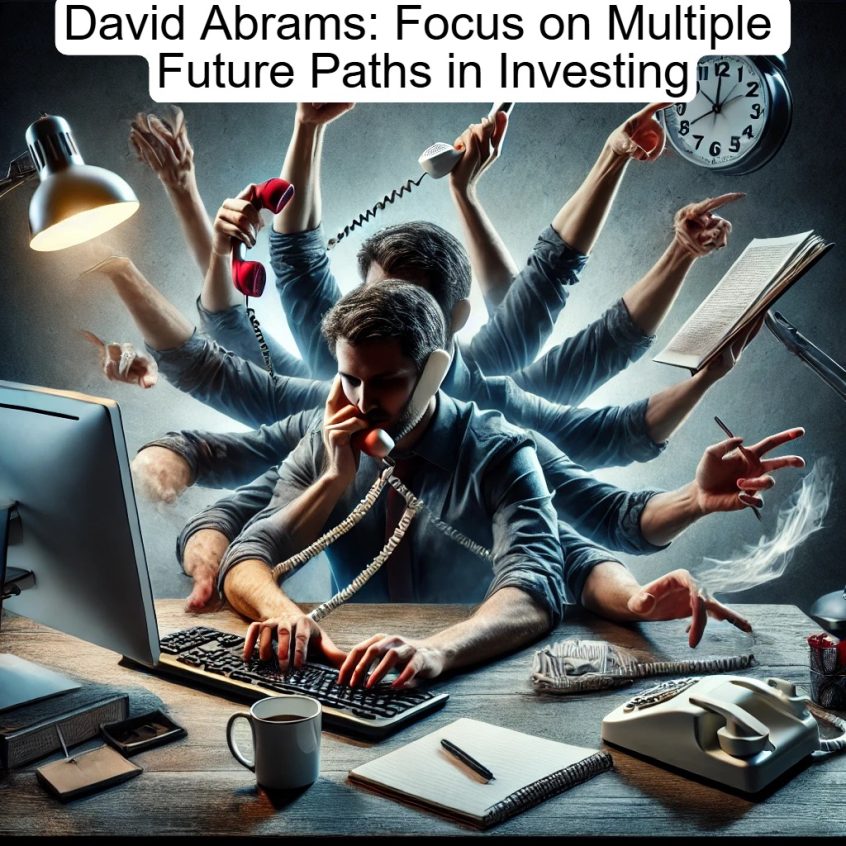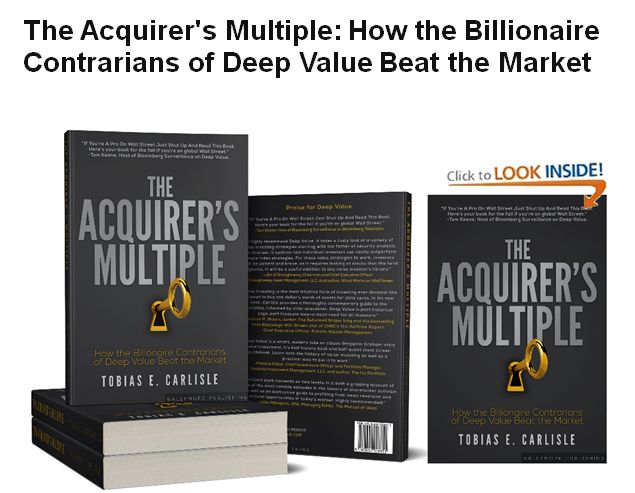David Abrams, Founder of Abrams Capital and former Baupost Group investor, seldom speaks publicly. In a rare interview with Value Investing with Legends, he shared key principles behind his investing strategy.
Investing begins with a simple but critical question: “What’s the risk?” As David Abrams explains, the first step is understanding whether an investment could wipe you out completely, cost you just a little, or deliver steady returns.
This clear-eyed assessment of potential losses must come before any consideration of gains. Abrams stresses that the future is never certain—while history shows one path, many possibilities lie ahead. “When you look back, there’s one path that happened, but that doesn’t mean that going forward there’s only one path. In the future, there’s multiple paths.”
The nature of the business itself shapes the investment approach. Shrinking industries may offer stability because they attract little competition. As Abrams puts it, “If you have a shrinking industry and it’s dying, it’s like, people are not dying to get into that.”
In contrast, high-growth sectors invite fierce rivalry, requiring deeper analysis of competitive threats. History shows that even dominant businesses can be disrupted. Abrams points to media as an example: “Cable television came along, and now there’s 500 possibilities.
And then the internet came along, kind of blew up everything.” This underscores the need to constantly reassess a company’s durability.
Abrams tailors his strategy based on whether an investment has a clear catalyst or requires long-term growth. For event-driven opportunities, the focus is on buying cheap and exiting quickly.
But for businesses held indefinitely, growth is essential. “If there’s no catalyst, we absolutely need growth,” he says. This growth can come in many forms—operational improvements, smart acquisitions, or share buybacks—but without it, the investment case weakens.
Investing demands both discipline and adaptability. By first understanding risk, then carefully weighing competitive dynamics and growth potential, investors can make better decisions in an uncertain world. As Abrams’ approach shows, success comes not from predicting the future, but from preparing for its many possible paths.
You can find the entire interview here:
For all the latest news and podcasts, join our free newsletter here.
Don’t forget to check out our FREE Large Cap 1000 – Stock Screener, here at The Acquirer’s Multiple:



